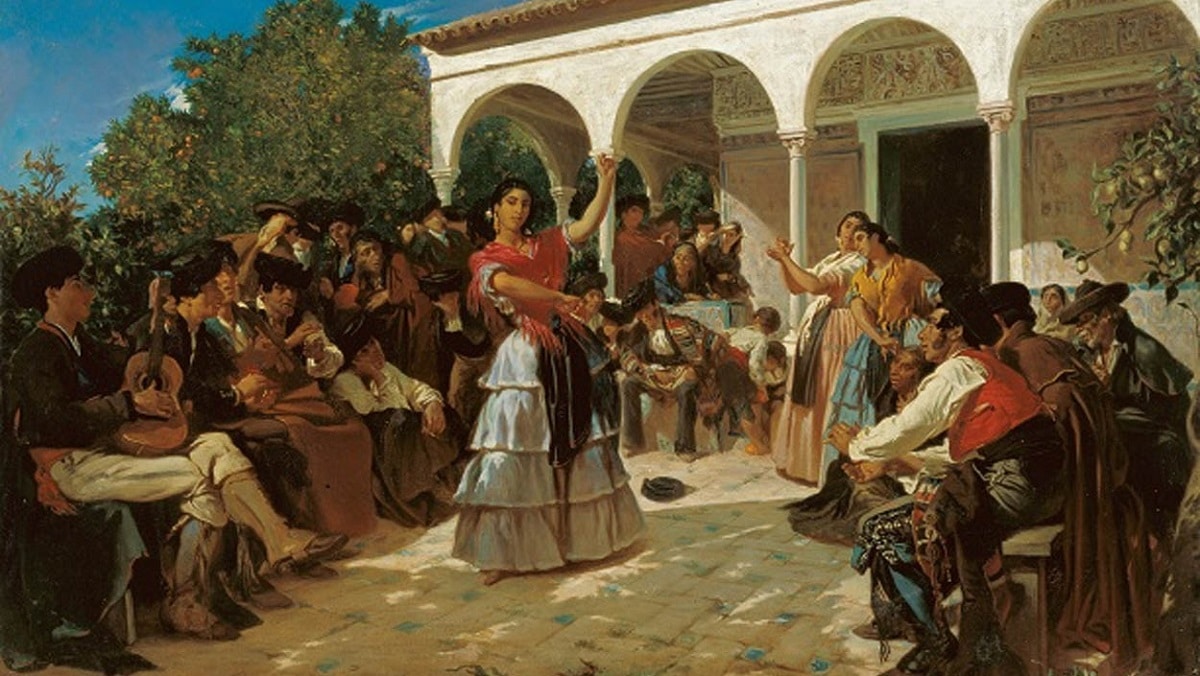
Many know flamenco, if not all the people around the world. However, few know about the origin and the mystery that surrounds this art That makes people from all over the world become passionate in one way or another when they hear alphamencada notes or a bailaora begins to move her hands to the sound of the wonderful flamenco pieces.
Many girls and boys are struck by flamenco dance since they are little, in fact, it is one of the extracurricular activities most demanded. And not only in the regions where flamenco is lived the most, throughout the country you can enjoy all the art that surrounds flamenco. But in addition to learning to dance and having fun with this art, it never hurts that children know a little more about the origin and curiosities of this art.
International Flamenco Day
Today, November 16, International Flamenco Day is celebrated, since it was that day in 2010 when UNESCO (The United Nations Educational, Scientific and Cultural Organization), proclaimed flamenco as Intangible Heritage of Humanity. Something that is a great pride for all the people who enjoy this art in constant evolution.
How to explain Flamenco Day to children?

There are countless theories about the origin of flamenco and none of them is able to pinpoint exactly when and how it originated the art of flamenco. But what there is no doubt about is that flamenco is undoubtedly linked to the Andalusian people and the gypsies. Flamenco is much more than dance and fun, it is a culture full of history, mystery, and art. Within flamenco you can find various styles, from the deepest and heartbreaking, to the most rhythmic, those that call to party.
But what cannot be denied is that this art is in continuous growth and evolution. In fact, some of the most current musical stars base their commercial music on the pillars of flamenco, as is the case of the well-known Rosalía. Other world famous singers with clear flamenco influences are Alejandro Sanz or David Bisbal, mass idols that your children will surely know well.
There is no better way to teach children something than by using everyday examples, which are easy for them to visualize and understand. For example, you can put them songs of the best known and acclaimed flamenco worldwide of the everlasting Camarón and compare it with the songs and the origins of the music of the aforementioned Rosalía. Both children and adults will be surprised by the similarities in the rhythms and influences of this singer.
Flamenco, a question of culture

According to philosophical beliefs, culture is the transmission of knowledge between beings of the same species. That is to say, what the older ones share with the little ones, what is instilled and taught to the children is what becomes culture. The flamenco culture is based on these pilare, on how the oldest members of the clans have instilled in the little ones.
In many families across the country, flamenco is a way of life. A style of dressing, a music that accompanies the day to day, in the happiest moments and of course the happiest. A way of dancing, singing, clapping hands, play a Spanish guitar, of the palos, the cante jondo, the compás and the styles. Children learn to dance almost before they learn to walk.
To clap to the beat long before learning to write, to sing from the depths of the entrails when they still do not even know what they are relating. All this and much more is flamenco, an art that has become a World Heritage Site. Something that children should know because it is part of their culture and wherever they go, they will see how people from all over the world want to know everything about this, which is our art.